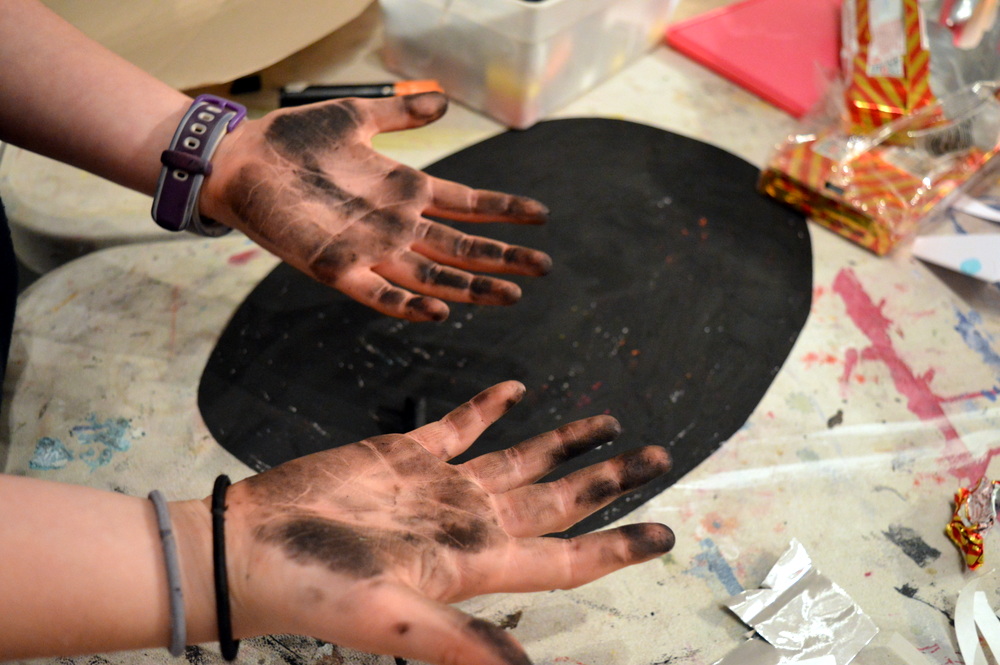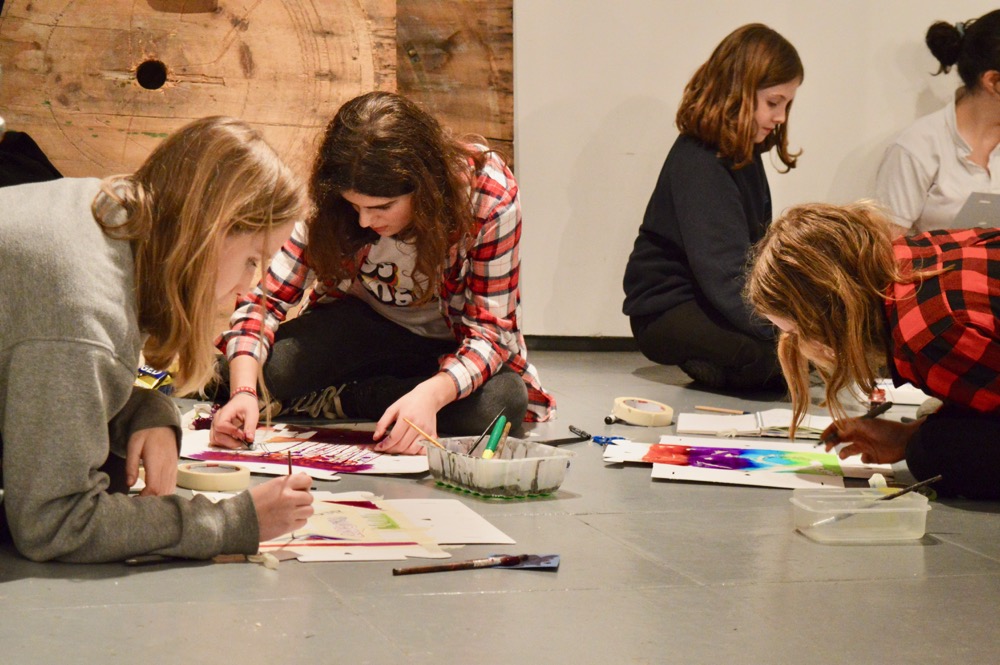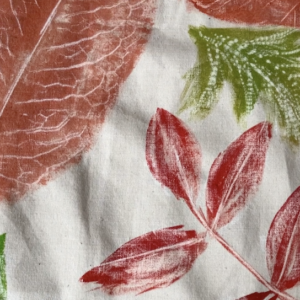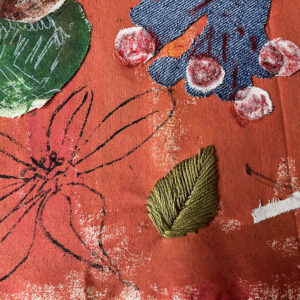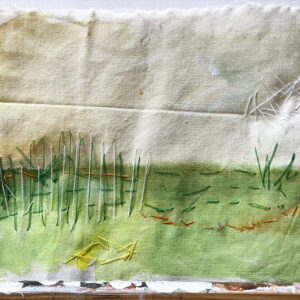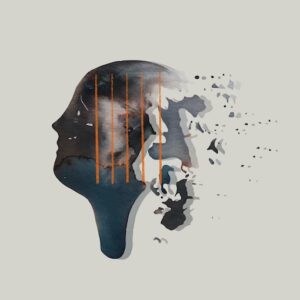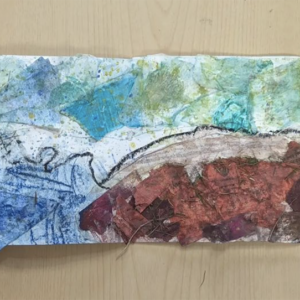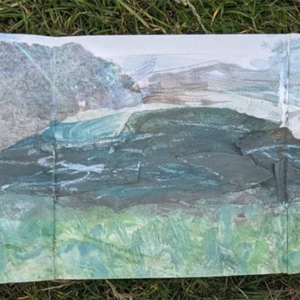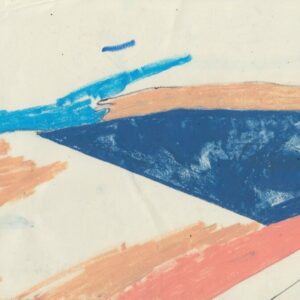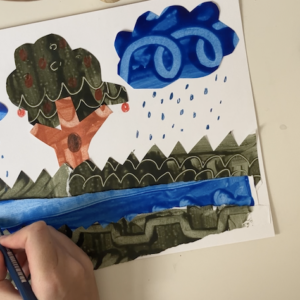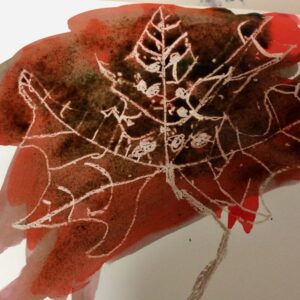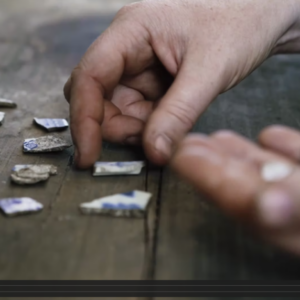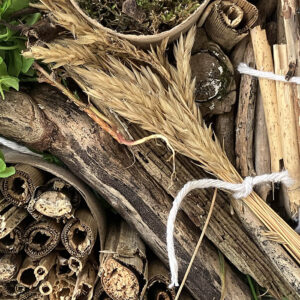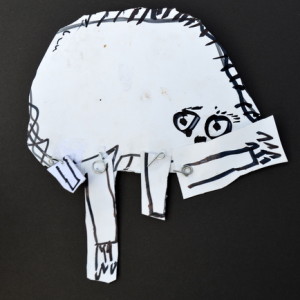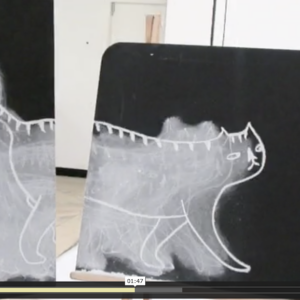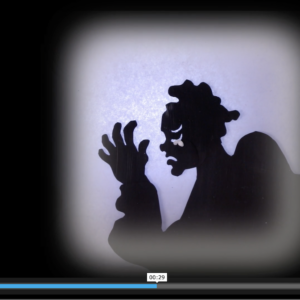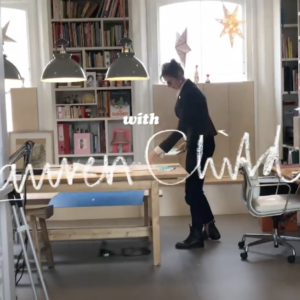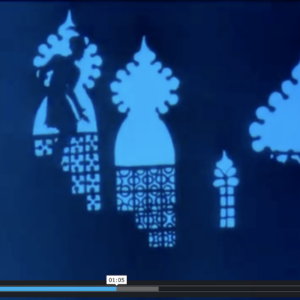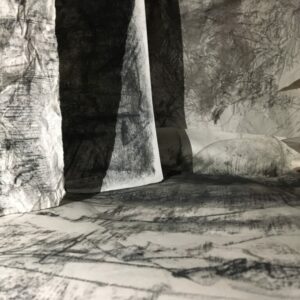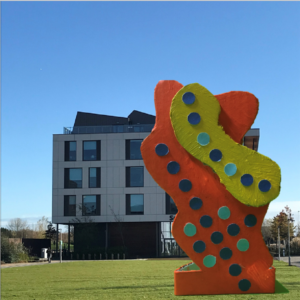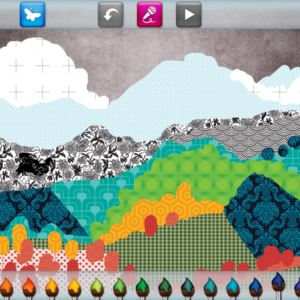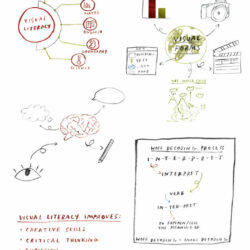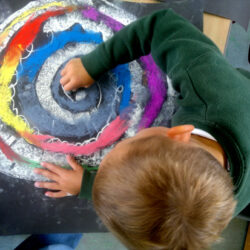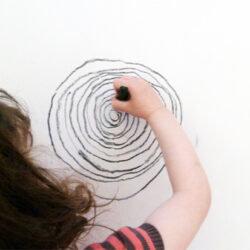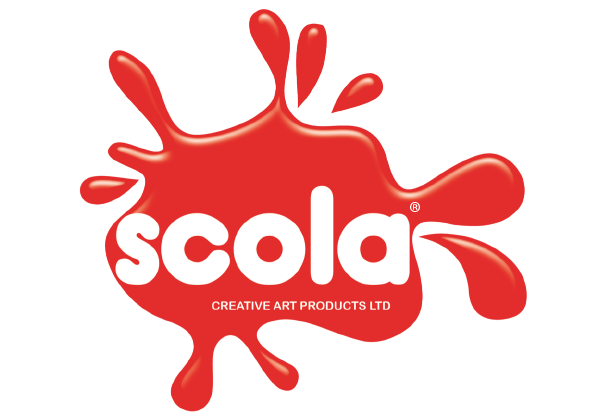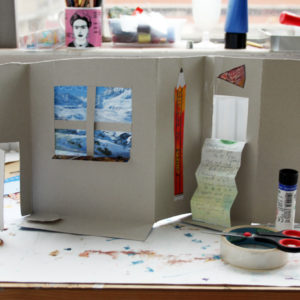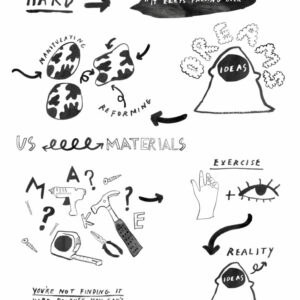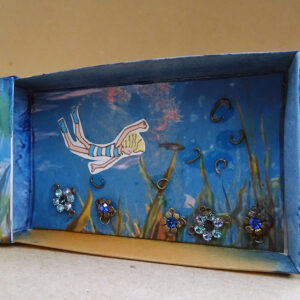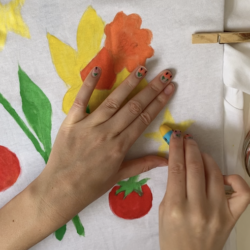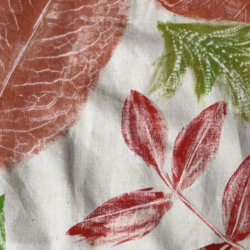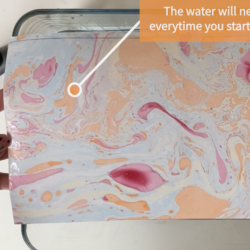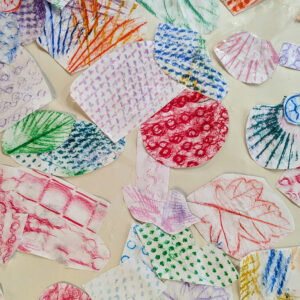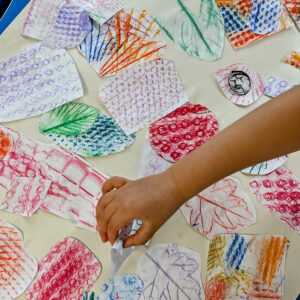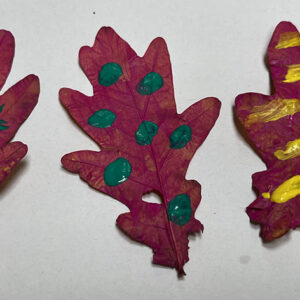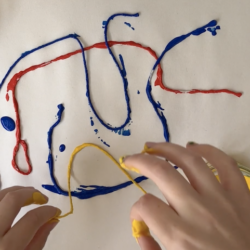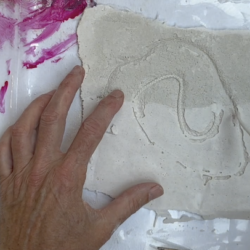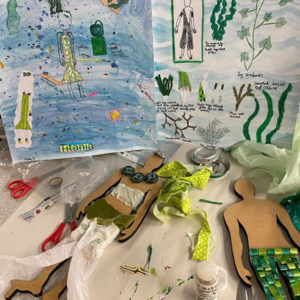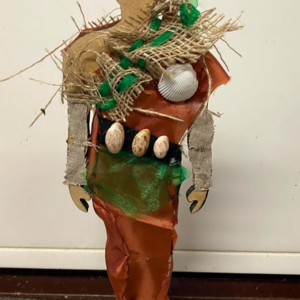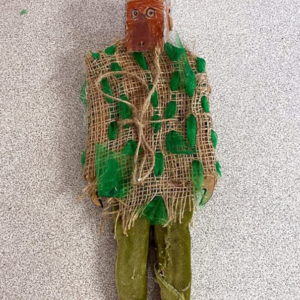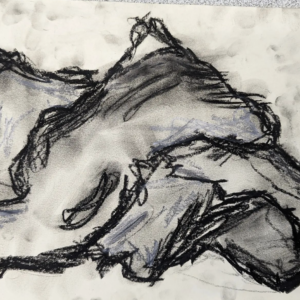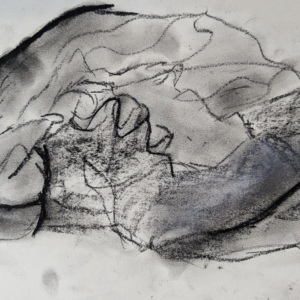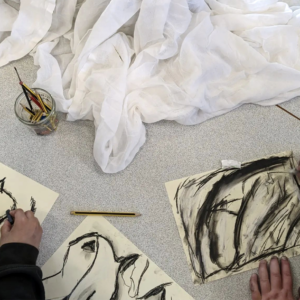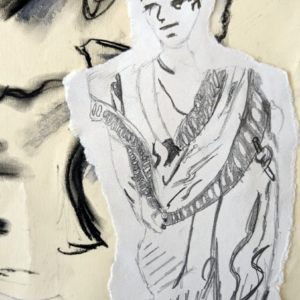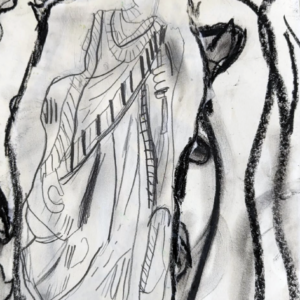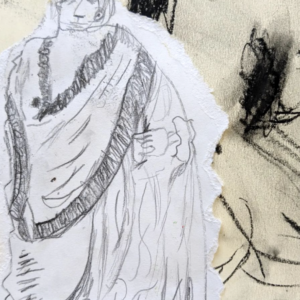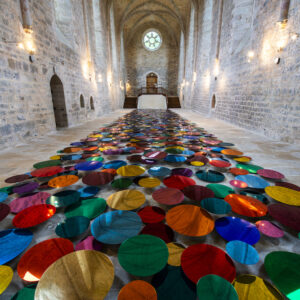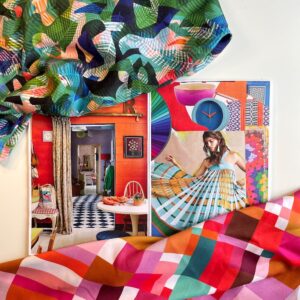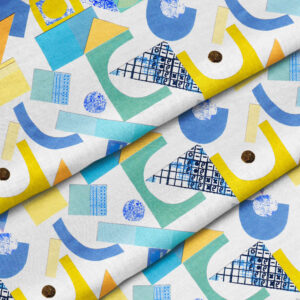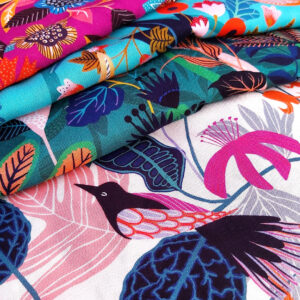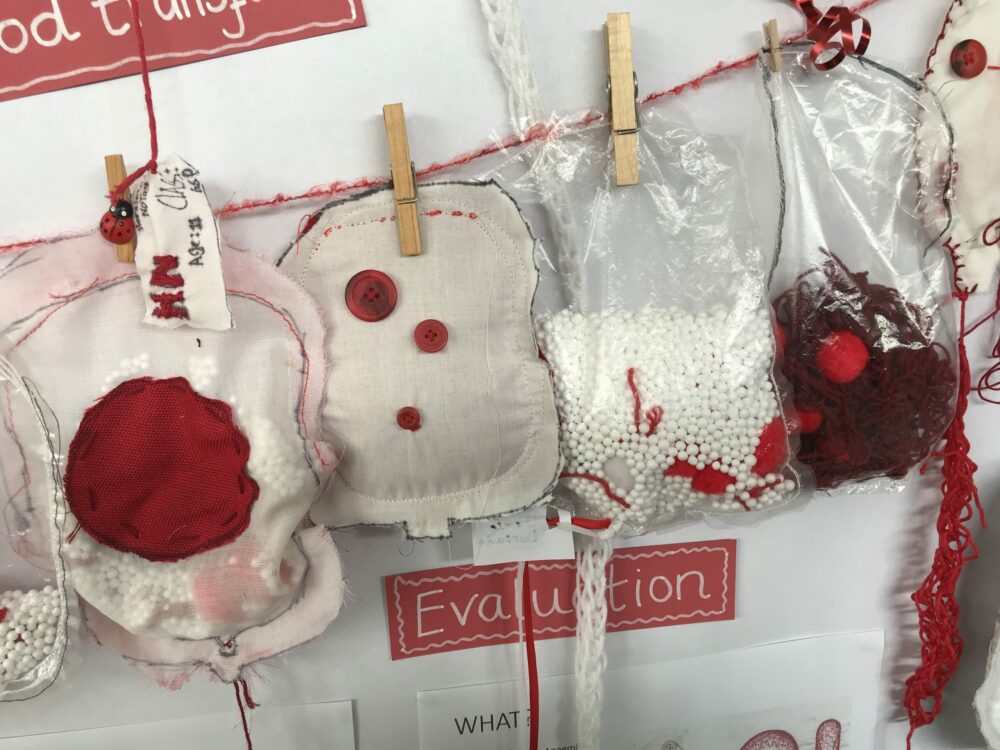
It’s important to me to keep our art, craft and design curriculum as current, engaging and relevant to our children as possible. As such, this year we have been delighted to be part of a project that has enabled our school to begin developing a new textile curriculum, with the support of local artists, practitioners and technicians from The Huddersfield University. The wealth of knowledge shared within this project, both linking to our Yorkshire heritage and considering the current innovative practice of local textile businesses, has been both invaluable and instrumental in allowing our school to create new lessons and schemes of work, with textile practice at the heart of the learning.
The Blood Bag Project is something we have been working on with our Year 6 children because it links nicely with the work they cover in the Science National Curriculum on blood and circulation and it also helps to develop an awareness and empathy for children who have a range of disabling conditions. As a school, we were paired with local textile artist, Leigh Bowser who has been working on creating textile blood bags for many years, primarily to raise awareness of the rare blood disease: Diamond Blackfan Anaemia. When Leigh first suggested working together on the project, as part of an artist residency, the excitement was immediately apparent, especially amongst the children who were engaged right from the start.
To access all content, I would like to join as…
AccessArt is a UK Charity and we believe everyone has the right to be creative. AccessArt provides inspiration to help us all reach our creative potential.
What We Like About This Resource….
This project combines art and science in innovative and creative ways. It engages children with simple and more complex sewing skills, both hand and machine. The fact that a local artist collaborated on this project, bringing her own set of skills and experience is so valuable for any extended art project, and the children were able to connect with the sensitivity of the subject matter and to empathise with it’s message.
